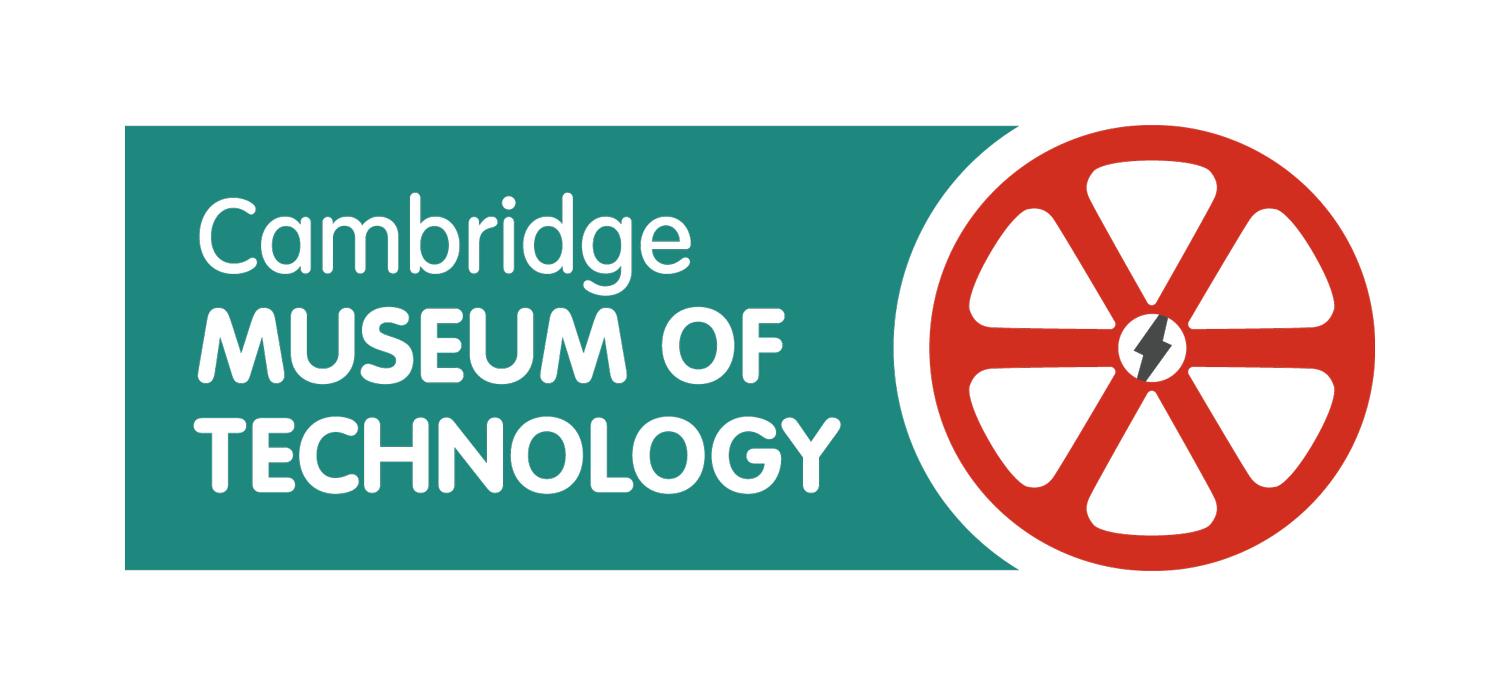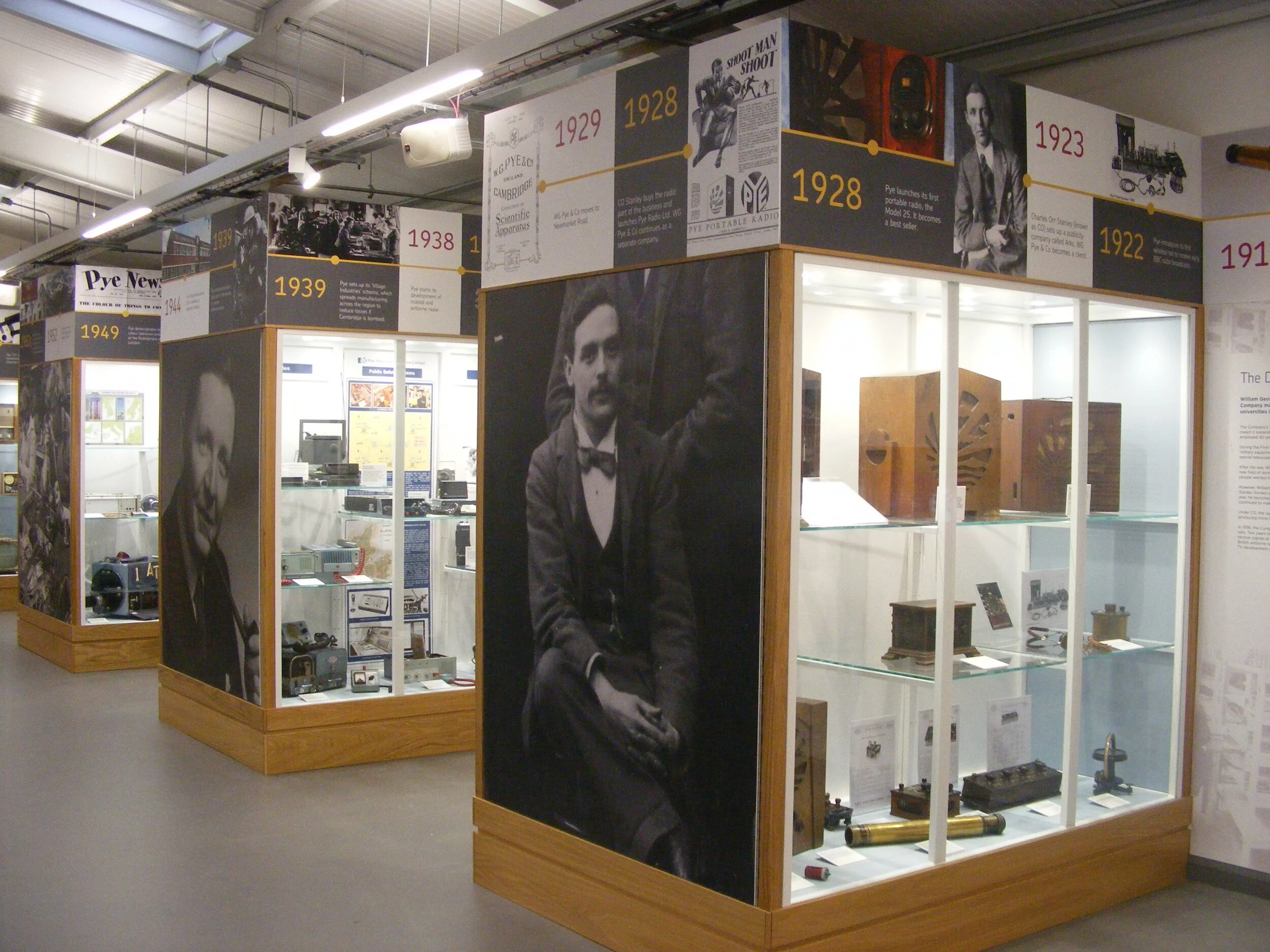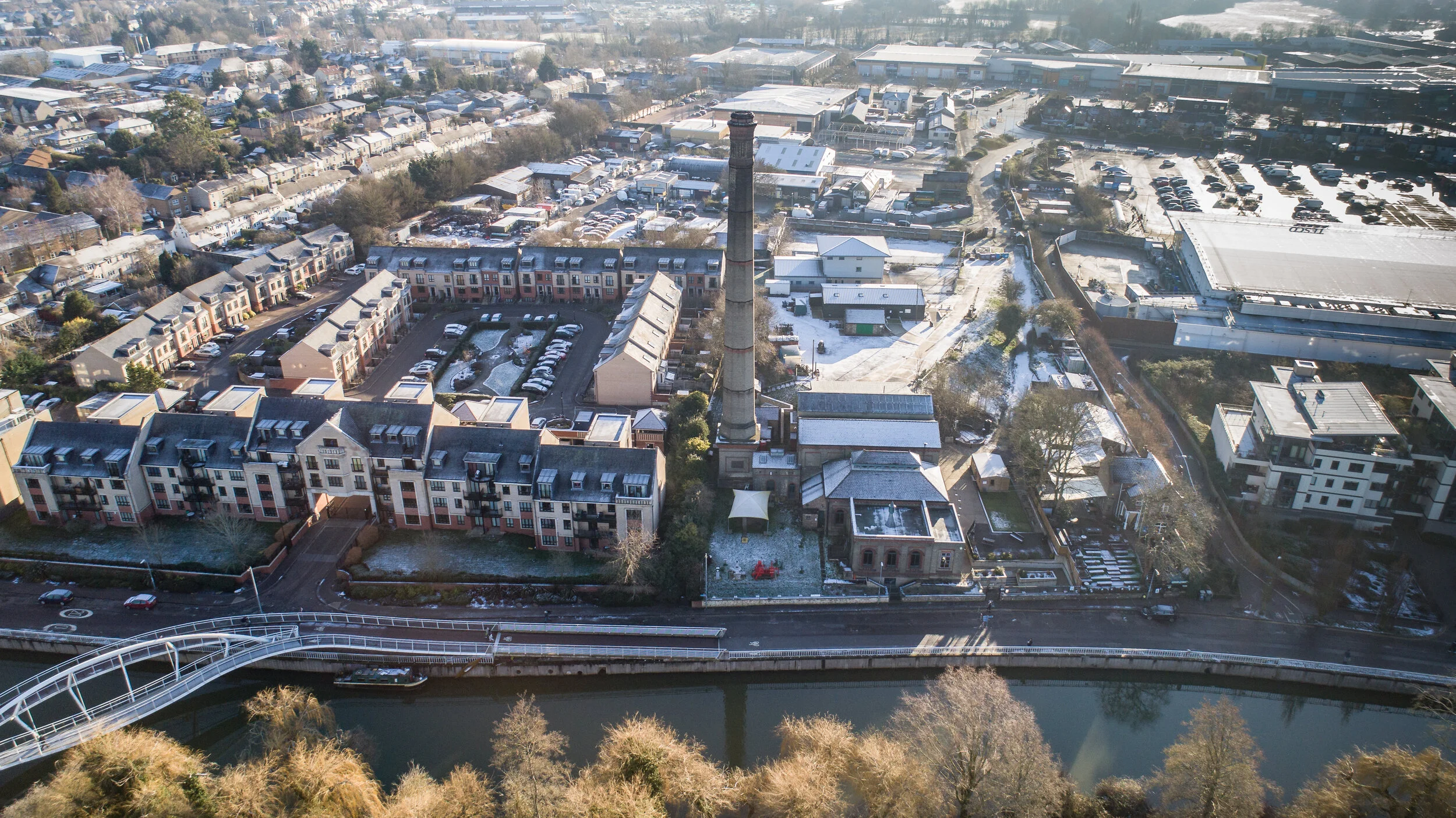We’re recruiting for a part-time finance and administration assistant to support the Museum’s activities. You can find out more about the role and how to apply here
Trustees Wanted!
Are you interested in securing the future of Cambridge's industrial heritage?
Do you share our commitment to enriching our local communities through engagement with this unique part of local history?
Are you passionate about using our heritage to educate and inspire people of all ages?
Find out more about joining the trustees at Cambridge Museum of Technology. Download the candidate pack here.
This weekend we will be filling in our census returns. But have you ever wondered who might be looking at your return in 100 years’ time? volunteer Jim Smith explains how he used the census from 1911 to put together the pieces of a local history puzzle.
Serendipity, that happy knack of making chance discoveries, is the researcher’s friend. Such a lucky find has enabled us to identify an employee of the Cambridge Instrument Company about whose working life we knew quite a lot, but who himself was known only as CB.
In June 2018 our colleague Morgan Bell found his story in the Company’s December 1963 newsletter, stored in the University Library. CB was a lacquerer who had moved to Cambridge from London in 1905 after seeing the vacancy advertised. He worked for the Company for 43 years before retiring, lacquering all brass, silver, and steel on the instruments.
The Company made its own lacquer from seed shellac, slowly dissolved in a large jar of methylated spirits. After a month, it was strained five times and dragon’s blood (a red plant resin) and gum Arabic were added. This made the lacquer a ‘beautiful gold’, unlike clear synthetic lacquers available later.
All surfaces to be lacquered were ‘carefully grained’ first. Then they were gently warmed before applying the lacquer with a soft, camel-hair brush. CB described his work as ‘a job that called for patience and a light touch and only needed someone to open the door at the wrong time for the job to be ruined.’
So, who was CB? I’ve been researching my bit of Cambridge, the streets north of Milton Road and west of Arbury Road, where a windmill, farm, laundry, and brickworks are of interest to industrial historians. Browsing the 1911 census, I was scanning the occupants of newly built Newman’s Cottages in Milton Road, between the Co-op and Arbury Road, and there was our man.
Living at 2, Newman’s Cottages were Cecil Bromwich, Scientific Instrument Lacquerer, born in Deptford in 1883, aged 27, with his wife Florence, 28 and a five-year-old niece, Clara Wheeler. Twenty-eight years later, in the 1939 wartime register, Cecil was still working as lacquerer and enameller. He and Florence had moved across Milton Road into the house at 29, Oak Tree Avenue.
We will be interested to see what the 1921 census, due to be published in 2022, tells us about the Bromwich family.
Pictured: the Museum’s Compton-type high-voltage quadrant galvanometer from 1945, resplendent in its ‘beautiful gold’ lacquer
Lockdown has given us all a lot of time to catch up on our reading. With the Museum closed, our volunteers have been ploughing through the bookshelves and have come up with some top recommendations for books which have a connection with our site or collections. To celebrate World Book Day we are sharing a review of a book about the work of John Snow who identified how cholera is spread in contaminated water. This led to the building of a new sewage system in Victorian Cambridge, including the Museum’s Pumping Station home. Don’t forget that if you buy a book using Amazon Smile then you will be supporting the Museum!
THE MEDICAL DETECTIVE, by Sandra Hempel
John Snow, Cholera and the Mystery of the Broad Street Pump
The history of a deadly disease which spread rapidly across the world and claimed the lives of millions could not be more relevant today in this time of Covid.
Cholera killed without regard to age, class or wealth: death was agonising and swift, with vomiting, diarrhoea and muscle cramps. When it arrived in Britain in 1832 no-one knew its cause, attempts to control it by quarantine were unsuccessful, and it remained a recurrent horror for years to come.
The Medical Detective is the story of one man’s quest to discover what caused cholera and to prevent its spread. John Snow was a physician working in London, when in 1854 he traced the source of an outbreak of cholera in Soho to a water supply contaminated by sewage. He brought the outbreak to an end by insisting the handle of the Broad Street pump should be removed: it was the only sure way to prevent people using it.
However, in spite of his meticulous research, Snow’s findings were rejected in favour of the widely-accepted theory that cholera was carried by noxious smells or “miasma”. It was not until long after his death in 1858 that his work was accepted, and today he is acknowledged as one of the founders of modern epidemiology.
Snow had a huge influence on the management of water and sewage systems in the second half of the 19th century, which makes this book particularly interesting to those who know Cambridge Museum of Technology, housed in the Victorian sewage pumping station.
Before the pumping station was completed in 1894, sewage was routinely discharged into the River Cam, polluting the water supply. The building today, and the two mighty Hathorn Davey steam engines which pumped effluent away from Cambridge, are part of John Snow’s legacy, and saved countless lives.
Sandra Hempel writes about the science of cholera in a straightforward and accessible way. Her account of the life of John Snow, and his determination and courage in the face of opposition and ridicule, has uncomfortable parallels with the handling of today’s pandemic. It is a fascinating read, and gripping as any thriller.
See a different side of Cambridge (even during lockdown!)










